Ecuador’s Shrimp Industry Amid Global Tariff Turmoil – Strategic Lessons for Vietnam
Growth Driven by Market Diversification and Strategic Restructuring
Ecuador has emerged as a standout performer in the global shrimp industry, achieving remarkable growth despite significant global challenges — including anti-dumping (AD) duties, countervailing duties (CVD), and rising trade barriers from the U.S. Instead of relying heavily on the Chinese market as in previous years, Ecuadorian shrimp exporters quickly shifted strategies. Notably, exports to Europe reached 155.3 million pounds in Q1 2025 — a 37% year-on-year increase — propelling the EU past the U.S. as Ecuador’s second-largest shrimp market, just behind China.
Some major exporters, such as Diosmar, significantly reduced their dependency on China from 70–80% to just 20–30%, while increasing exports to the U.S. and Europe. Despite looming tariff threats from the Trump administration, Ecuador was subject to a preliminary 10% countervailing duty — lower than the rates faced by Vietnam, India, and Indonesia.
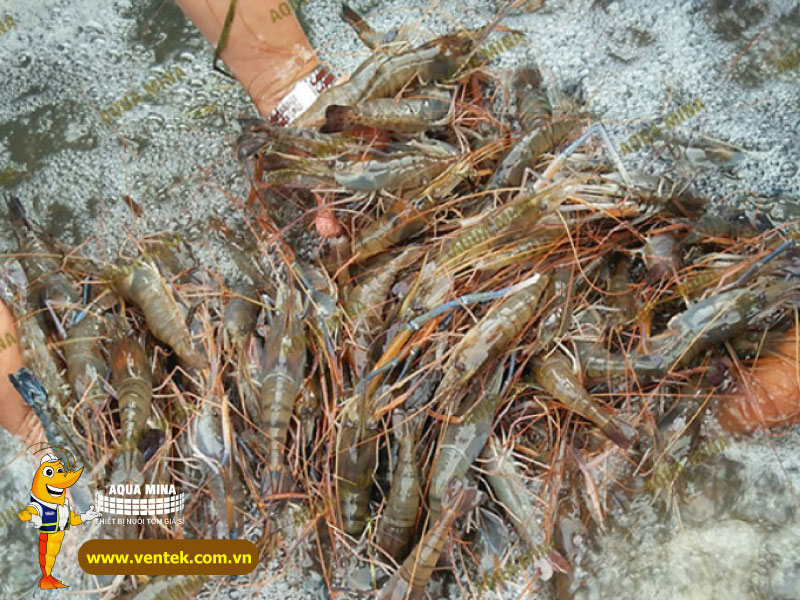
Value-Added Products: The Key to Market Strength
One of the pillars of Ecuador’s success lies in its focus on value-added shrimp products: peeled, cooked, tail-off, PUD, HLSO, and premium packaging tailored to the high-end demands of U.S. and European markets.
In the U.S. peeled shrimp segment, Ecuador’s market share surged to 24% in early 2025 (up from 10%), while India’s share dropped from 64% to 55%.
Government Support and Industry-Wide Strategy
The Ecuadorian government has implemented strategic policies to support its shrimp industry, including tax exemptions/reductions, streamlined customs procedures, and aggressive trade negotiations — such as FTAs with the EU, tax reduction agreements with China, and talks to expand access to ASEAN markets.
The country's shrimp sector is vertically integrated, overseeing the full value chain: hatcheries, farming, processing, and export. Investments in genetic improvement, feed innovation, and disease control have played key roles. Furthermore, the industry is reducing its reliance on the U.S. and Chinese markets, instead expanding into the EU, Middle East, and Asia-Pacific regions. Ecuador is also building a strong, sustainable shrimp brand, highlighting ASC/BAP certifications and “green shrimp” marketing.

Risks on the Horizon
Despite its gains, Ecuador’s shrimp sector faces serious allegations from the Southern Shrimp Alliance (SSA) in the U.S., including illegal mangrove deforestation, forced labor, child labor, and opaque financial support from the World Bank. These claims could lead to additional CVD tariffs and undermine Ecuador’s current trade advantage in the U.S. market. Should tariffs increase, Ecuador’s position could weaken — opening opportunities for competitors like Vietnam.
Strategic Recommendations for Vietnam’s Shrimp Industry
As Ecuador steps up its game and the U.S. imposes high tariffs on other producers, Vietnam’s shrimp sector must make bold strategic moves to safeguard market share and boost exports:
Restructure Export Markets
- Reduce dependency on high-risk markets like the U.S. and China.
- Expand in Europe — a growing importer of shrimp with fewer trade barriers.
- Target emerging markets: Japan, South Korea, Australia, Russia, and the EU. Vietnamese shrimp meets stringent food safety and traceability standards.
Australia: 25.2% annual export growth, driven by CPTPP and rising demand.
Russia: 34.7% growth, benefits from EAEU tax exemptions and favorable logistics.
EU: Germany’s demand remains steady (50,000–60,000 tons/year); Belgium serves as a key seafood logistics hub. EVFTA has cut tariffs from 20% to 0%. EU consumers prefer processed shrimp with ASC/MSC certifications.
Boost Value-Added Products
- Invest in deep-processing: peeled, steamed, IQF shrimp — tailored to U.S. and EU tastes.
- Upgrade processing technology and hygiene standards to meet premium quality requirements.
Emphasize Transparency and Sustainability
- Provide clear supply chain and labor transparency.
- Strengthen sustainability credentials (ASC, BAP) to earn trust from global importers.
Ecuador has proven its ability to swiftly adapt to global market disruptions through diversification, technological innovation, and a strong focus on value-added exports. This offers a clear roadmap for Vietnam: only through flexible strategic realignment, cost optimization, and sustainable brand development can Vietnamese shrimp increase export value, grow market share, and thrive on the international stage.
Source: vasep.com.vn
Aqua Mina's distributor in Japan: REX INDUSTRIES CO., LTD
- Address: 1-9-3 Hishiya-Higashi, Higashi-Osaka 578-0948 JAPAN
- Email: kimakubo@rexind.co.jp
- Phone: +81-(0)72-961-9893
- Website: http://www.rexind.co.jp/e/
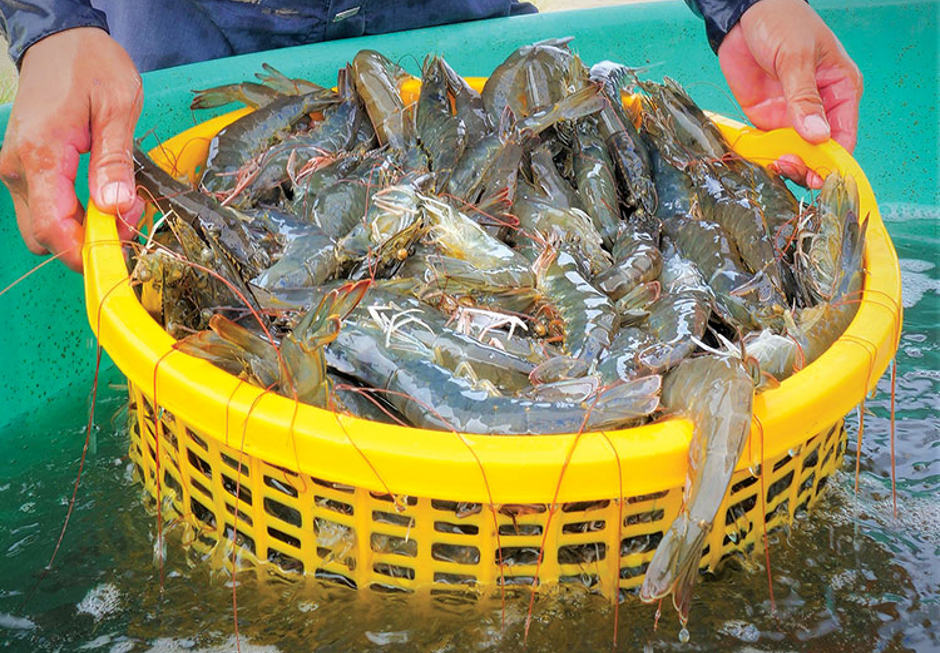
WE WORK FOR YOUR SUCCESS!
Ngày đăng : 04/07/2025
1793 View
Other Articles
Portuguese food group acquires 18% stake in cod farming company Norcod
Indonesia implements radioactive-free shrimp certification for exports to the United States
India is world’s second-largest shrimp producer. That is now under threat
Ca Mau’s shrimp industry moves towards “green” growth
Floods devastate aquaculture, processing operations in Vietnam
Ecuador Leads Global Shrimp Exports, Surpassing USD 7 Billion in 2025
India's marine product exports rise 16% as new markets offset US dip
Skretting presents the first shrimp feed with insect meal in Vietnam
Sharing: EU increases shrimp imports in the first 9 months of the year
Gideon De Oro opens high tech Cebu shrimp plant, to revive exports
White-leg shrimp facing WSSV: When density and environment fluctuate together








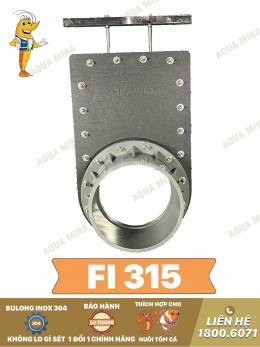
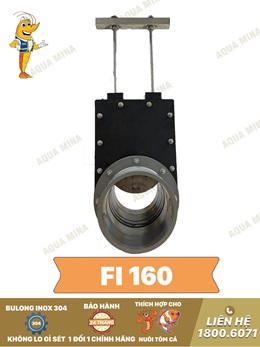
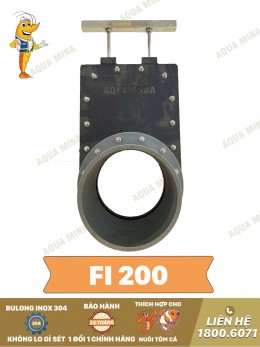
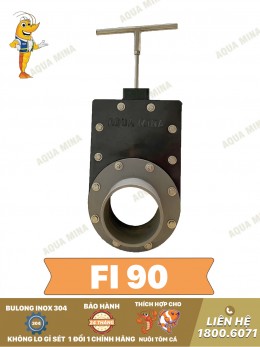
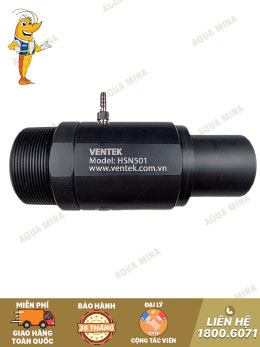
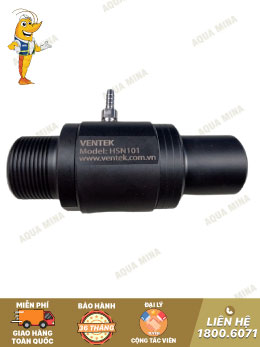
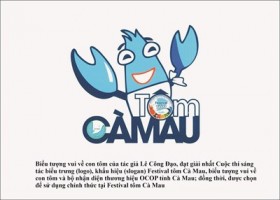
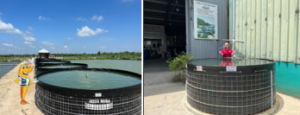
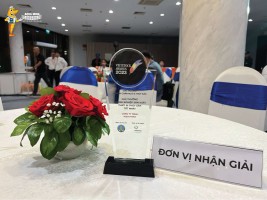
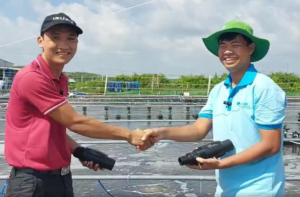
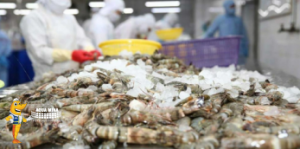
.jpg)